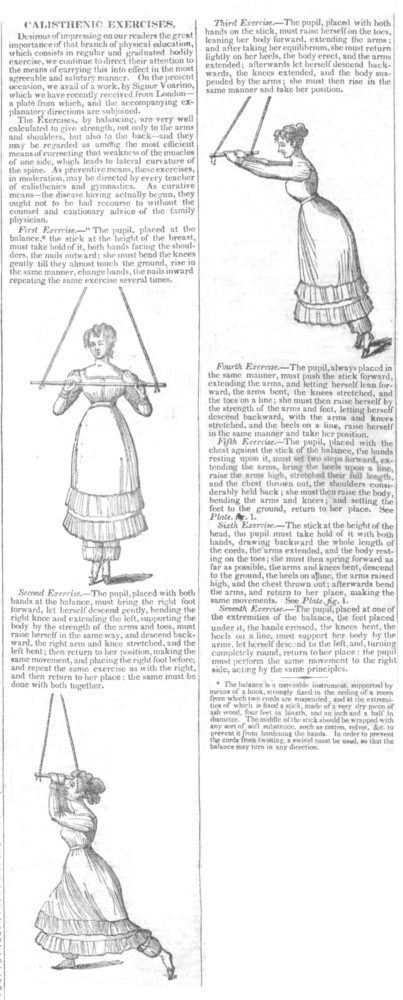Managing editor and logophile Andy Hollandbeck reveals the sometimes surprising roots of common English words and phrases. Remember: Etymology tells us where a word comes from, but not what it means today.
When I was in grade school, back in the 1980s, nothing elicited a groan in our daily physical education classes like the word calisthenics. Historically, calisthenics is a collection of exercises that use the body’s own weight as resistance — think push-ups, sit-ups, and burpees — so little is needed in the way of equipment, maybe a bar for balance or some chin-ups. To my younger self, though, calisthenics were practically a punishment: straightforward exercise for the sake of exercise instead of one of the many more fun and interesting forms of physical exertion we could have been enjoying, like dodge ball, an obstacle course, or even square dancing.
What I didn’t know then (though it would scarcely have altered my opinion) was that many of those calisthenics exercises were ancient, that I was doing the same moves Greek and Roman soldiers had done millennia before to prepare their bodies for battle.
Though the exercises themselves are well aged, that word calisthenics is today not even 200 years old. The first part of the word is from a Latinized version of the Greek kallos, “beauty,” making it etymologically related to the “beautiful writing” we call calligraphy. Add to this the Greek sthenos, meaning “strength,” and you have a description not of what calisthenics is but what it was meant to do.
Though the type of exercises we think of as calisthenics have been around since ancient times, the concept called calisthenics — exercises of “beauty and strength” — was developed during the 1820s. They were targeted specifically toward women, for whom other types of exercise were considered too strenuous. As the name implies, calisthenics were employed not only to help women build strength but to help maintain the beauty standards of the day: a nice figure, proper poise, and graceful movement.
Like any other exercise fad (jazzercise, anyone?), calisthenics found its way into the public eye in all manner of ways. We even published calisthenics exercises in the Post. The following clip comes from our April 14, 1832, issue. Notice how the gender of the “pupil” is assumed:

Of course, in our more enlightened times, calisthenics are for everyone, much to the disdain of gymnasiums full of groaning P.E. students.
Featured image: Bojan Milinkov / Shutterstock
Become a Saturday Evening Post member and enjoy unlimited access. Subscribe now



